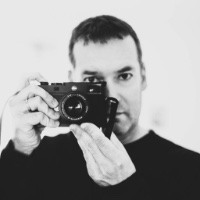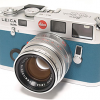Film simulation – open thread
-
Recently Browsing 0 members
- No registered users viewing this page.
-
Similar Content
-
- 90,017 replies
- 4,485,406 views
-
- 229 replies
- 7,821 views
-
- 7 replies
- 261 views
-
Windows: Open thread 1 2 3 4 40
By Robert M Poole,
- 791 replies
- 45,747 views
-
Doors. Open thread 1 2 3 4 33
By Robert M Poole,
- 654 replies
- 37,886 views
-




Recommended Posts
Join the conversation
You can post now and register later. If you have an account, sign in now to post with your account.
Note: Your post will require moderator approval before it will be visible.